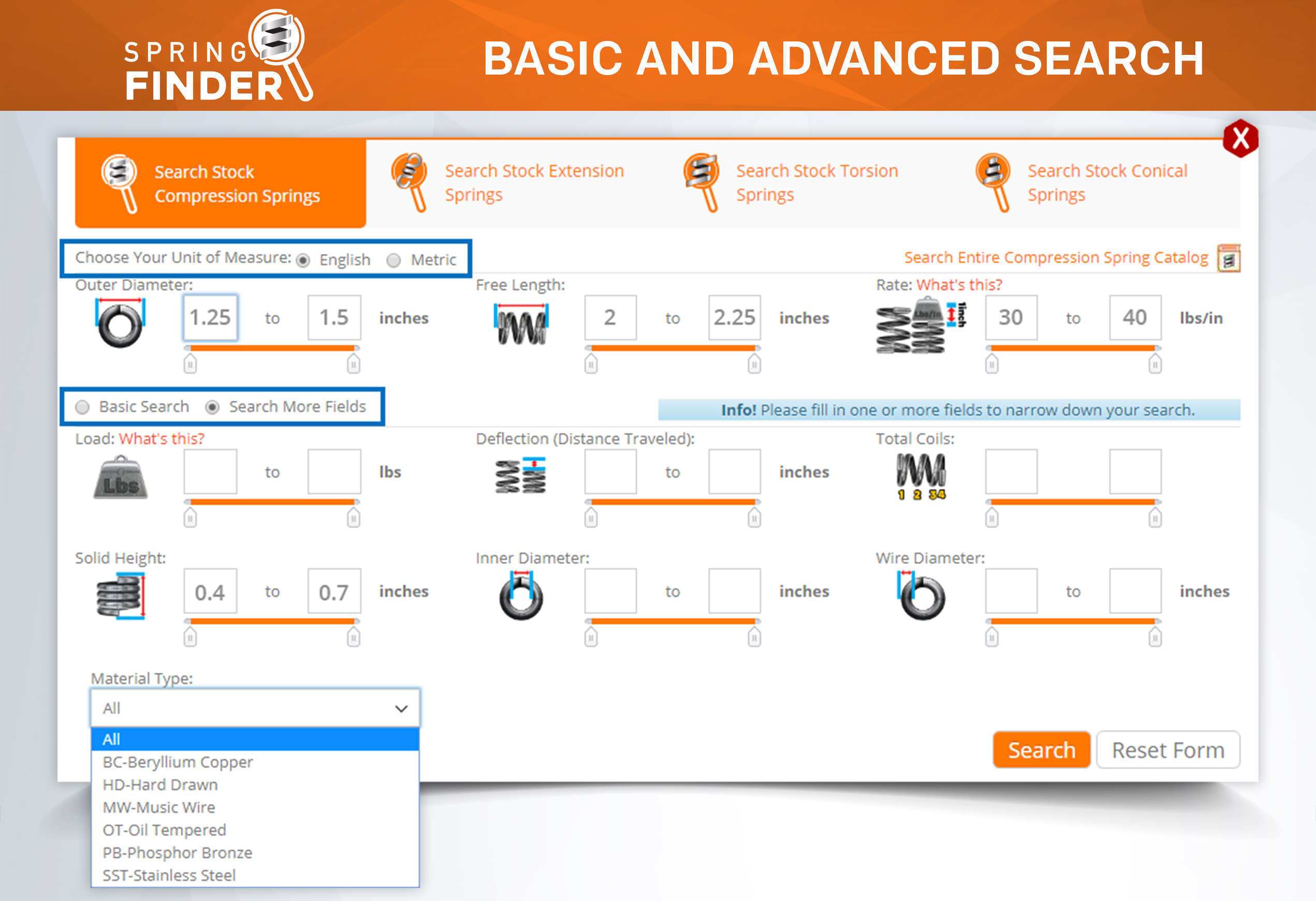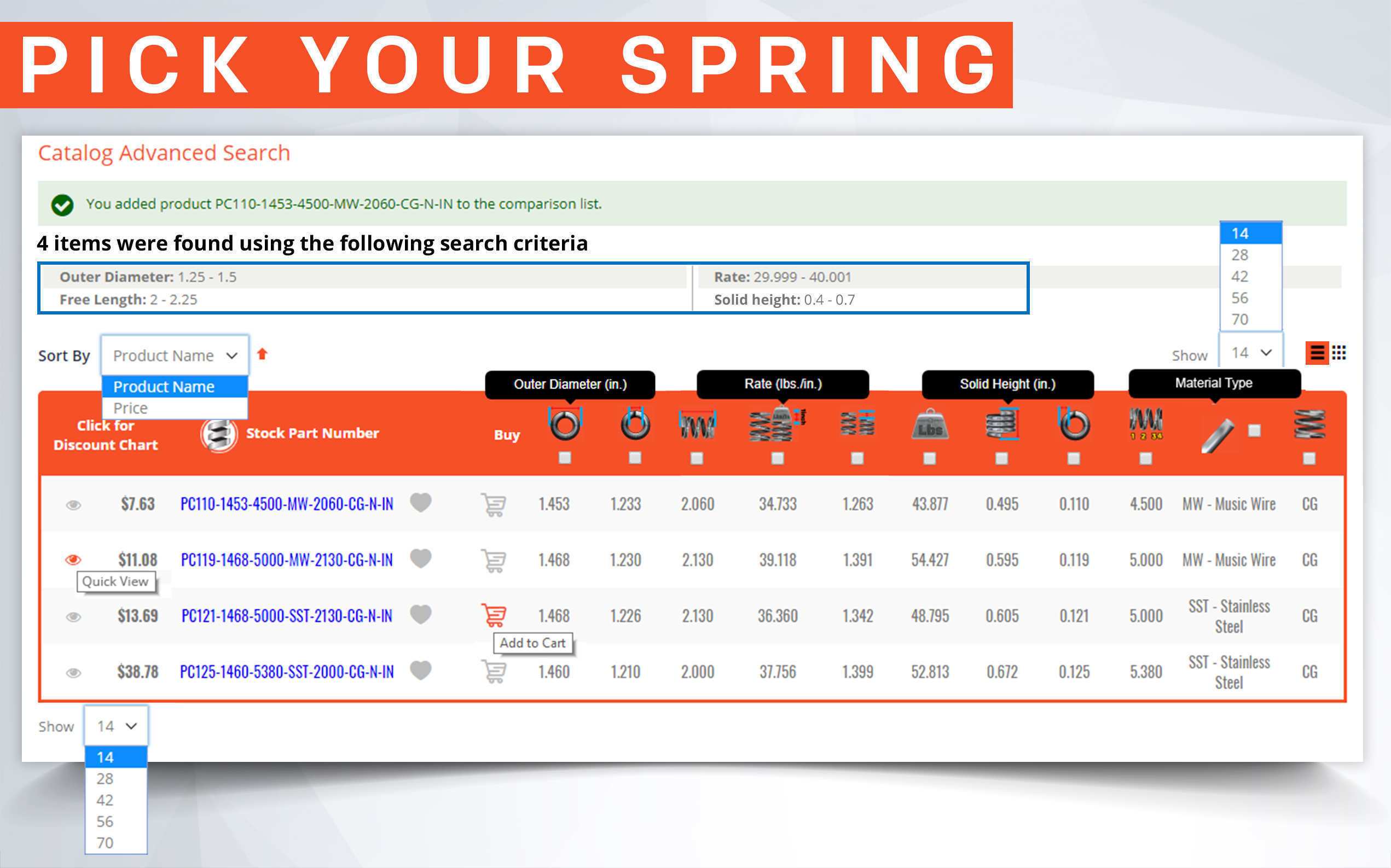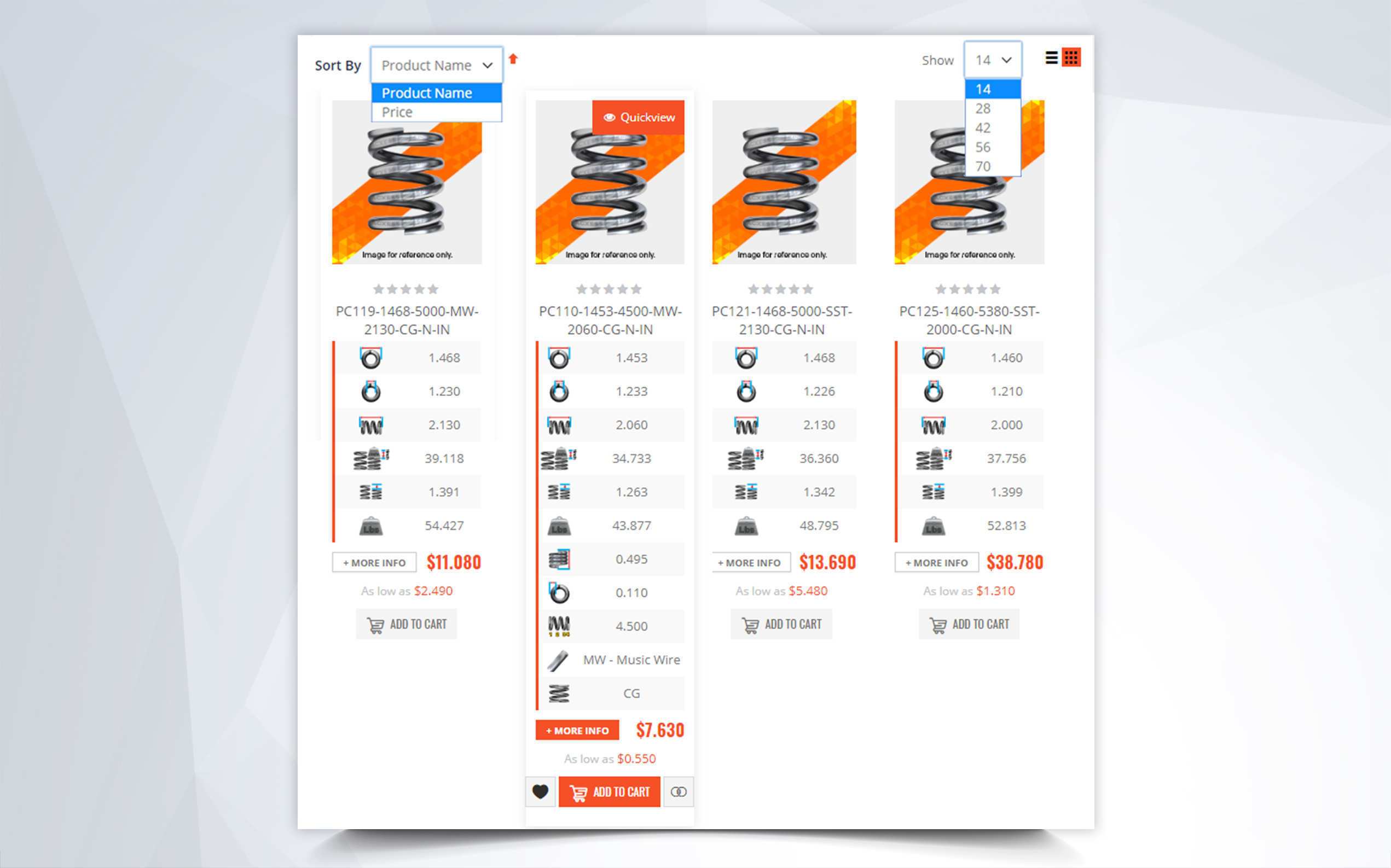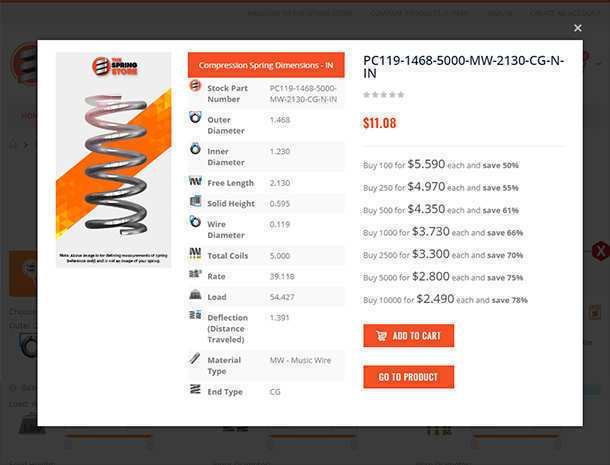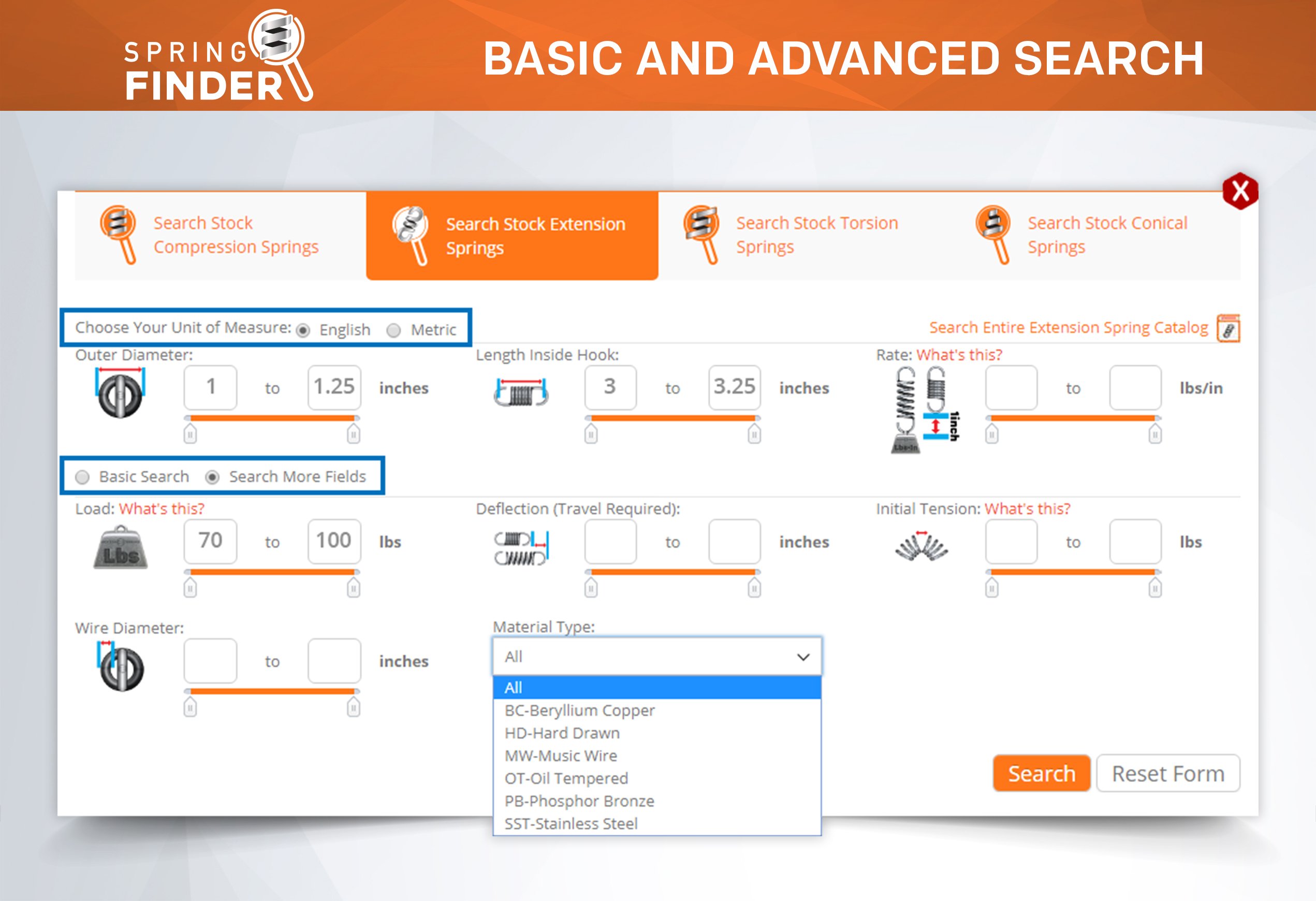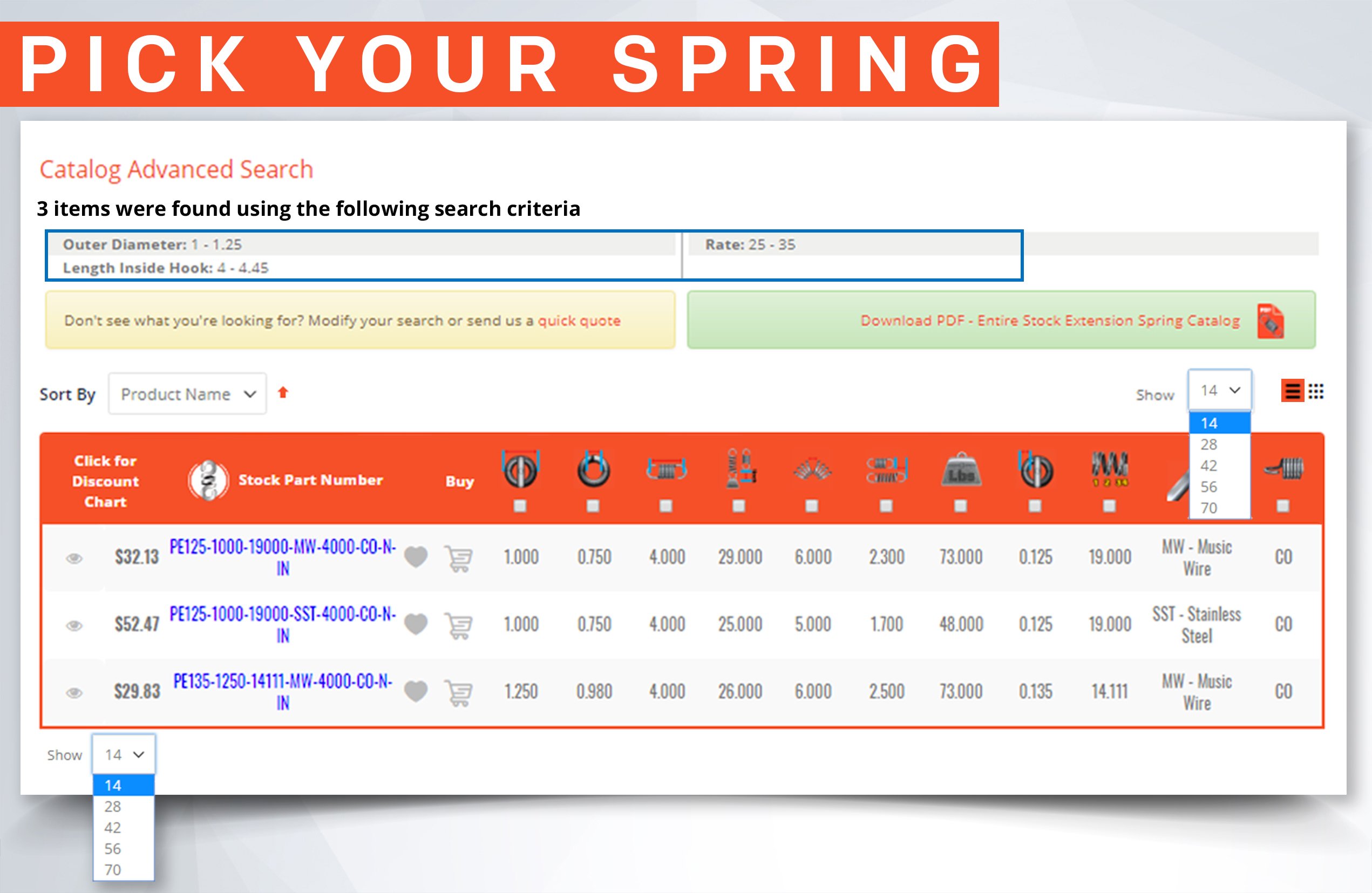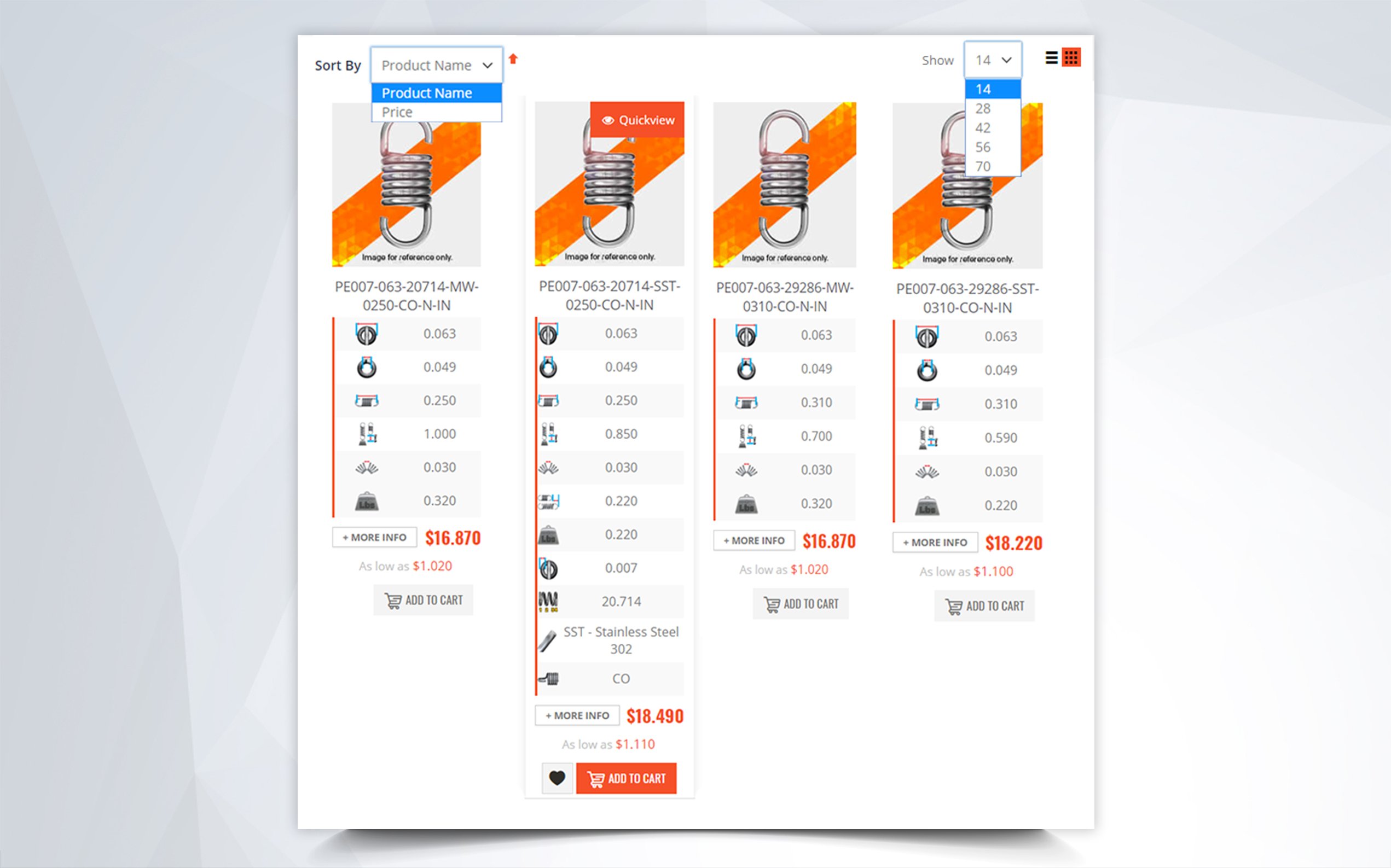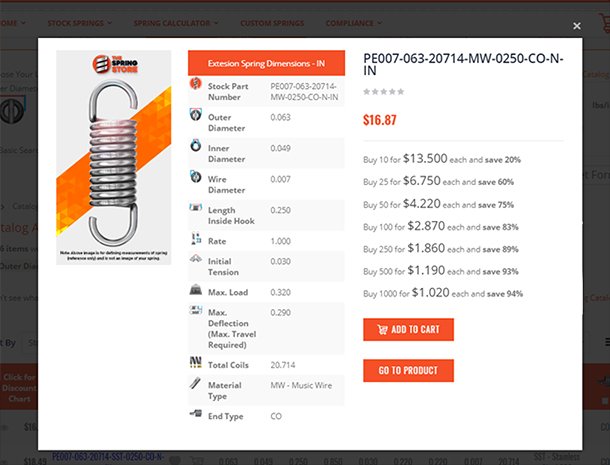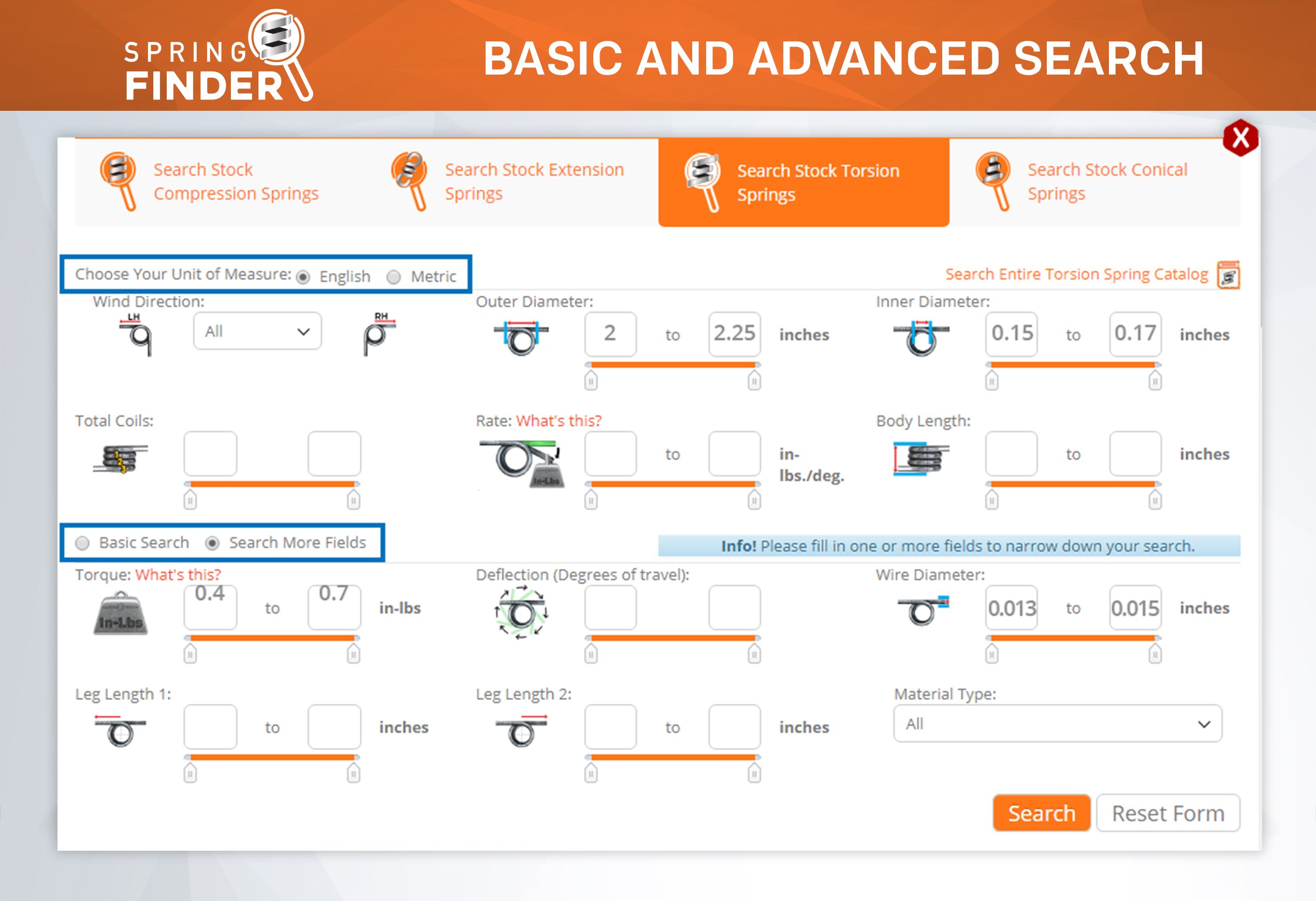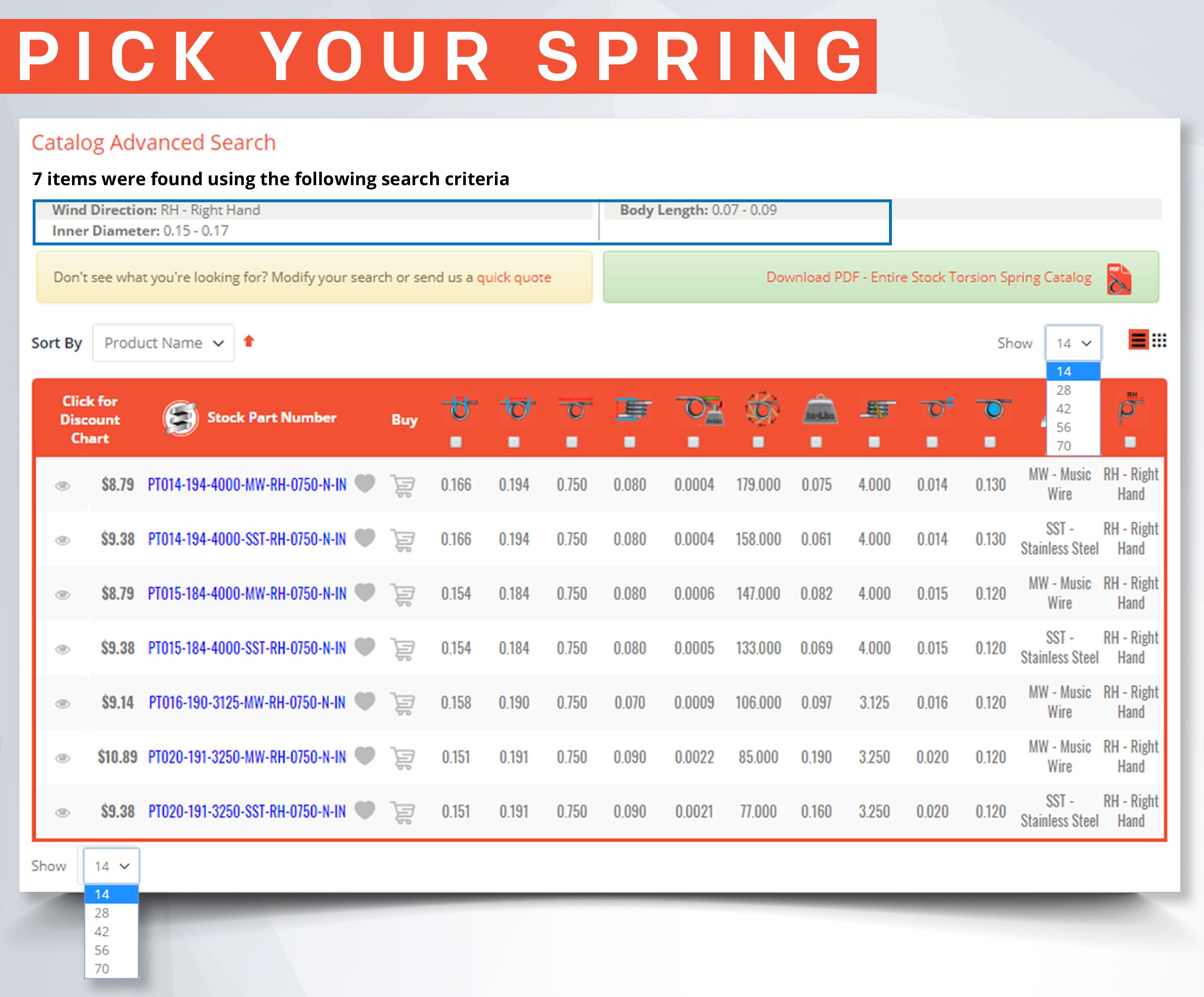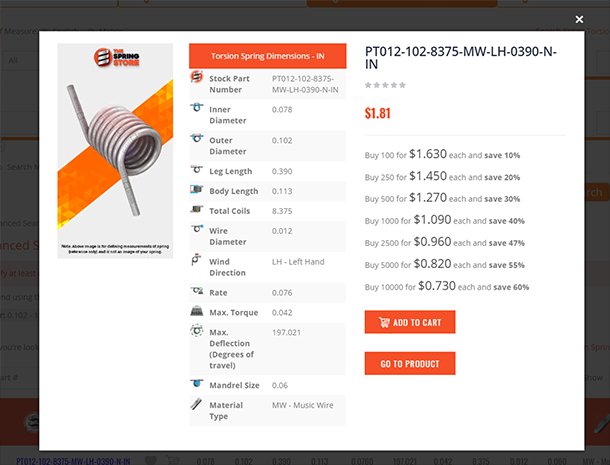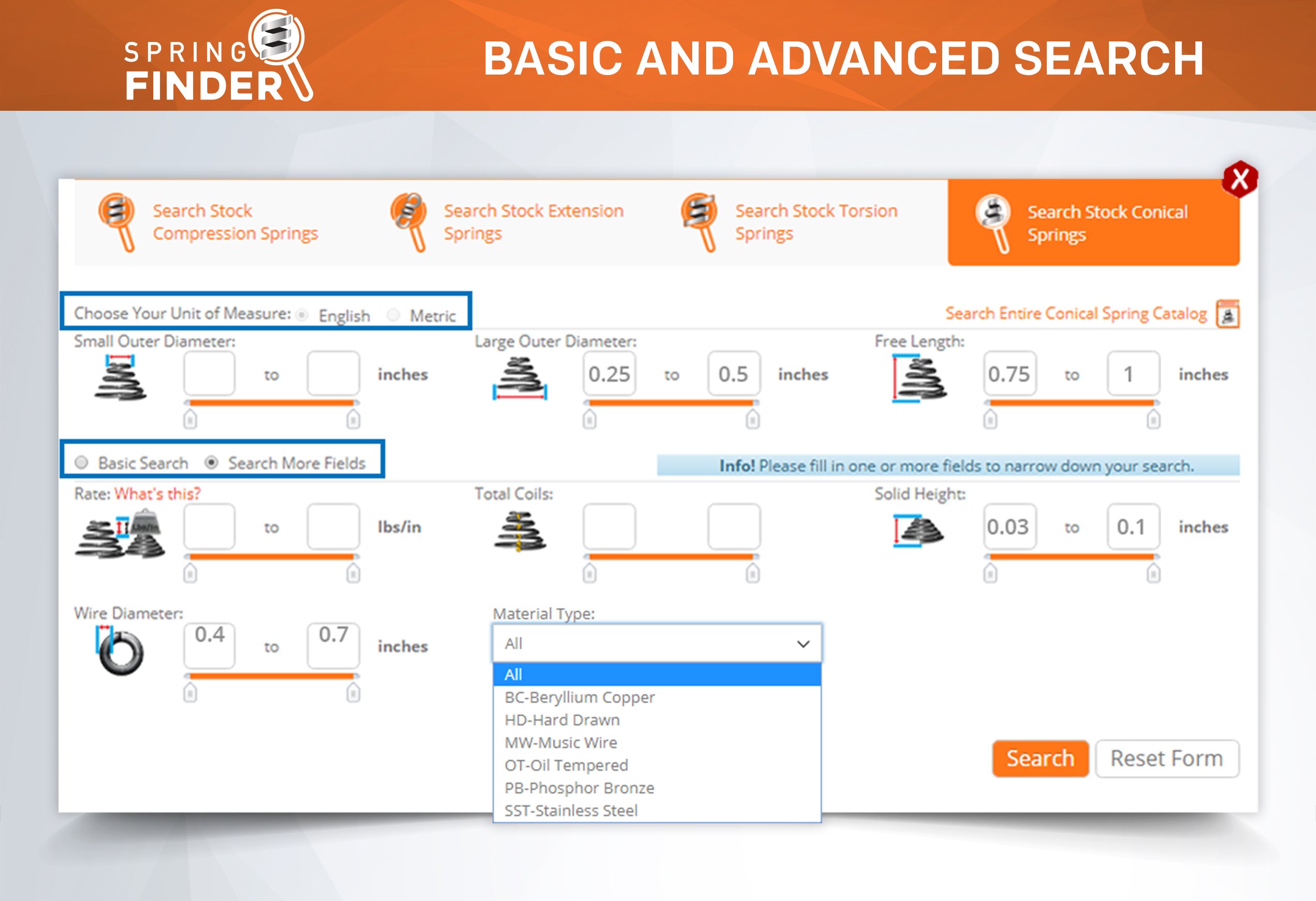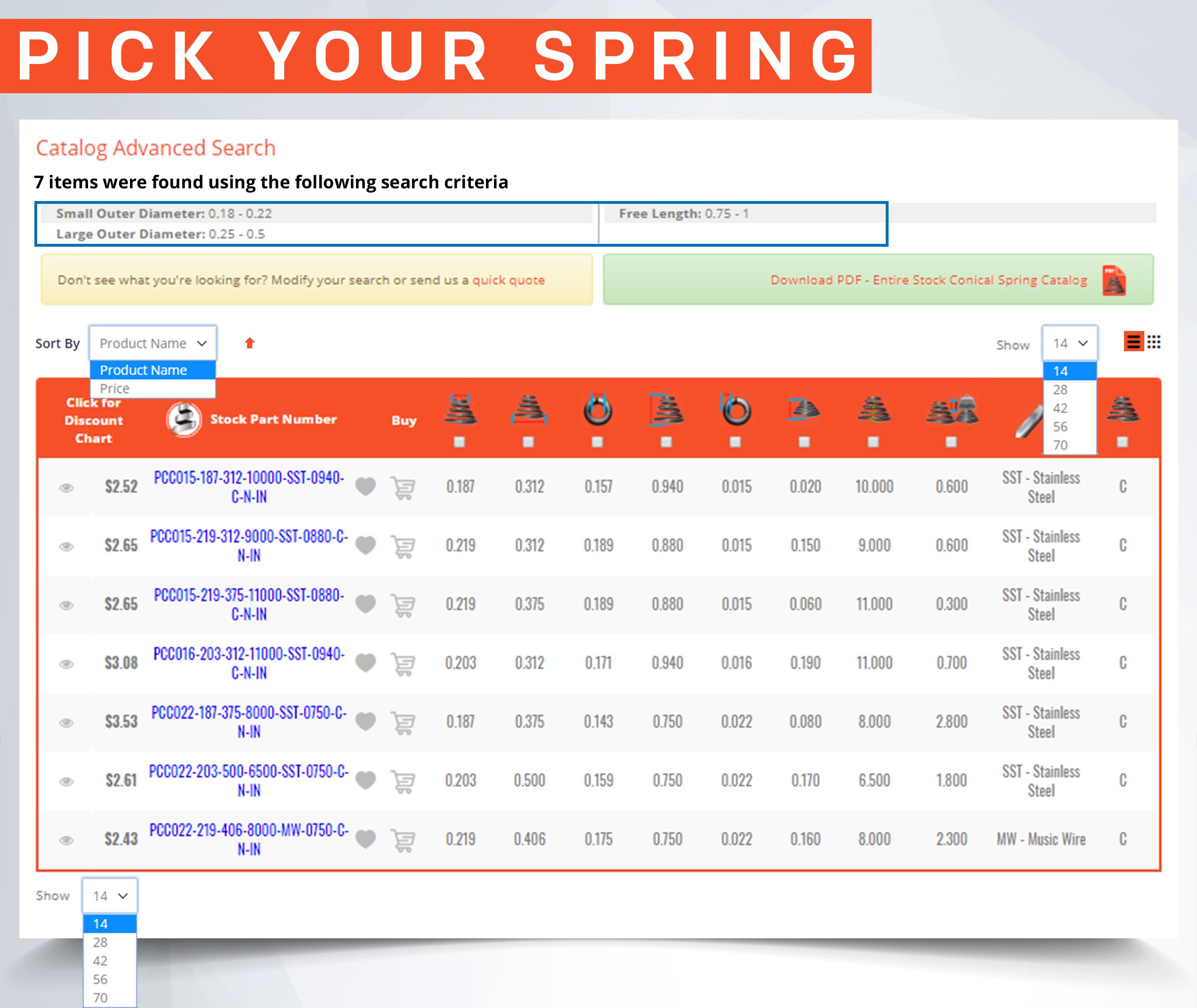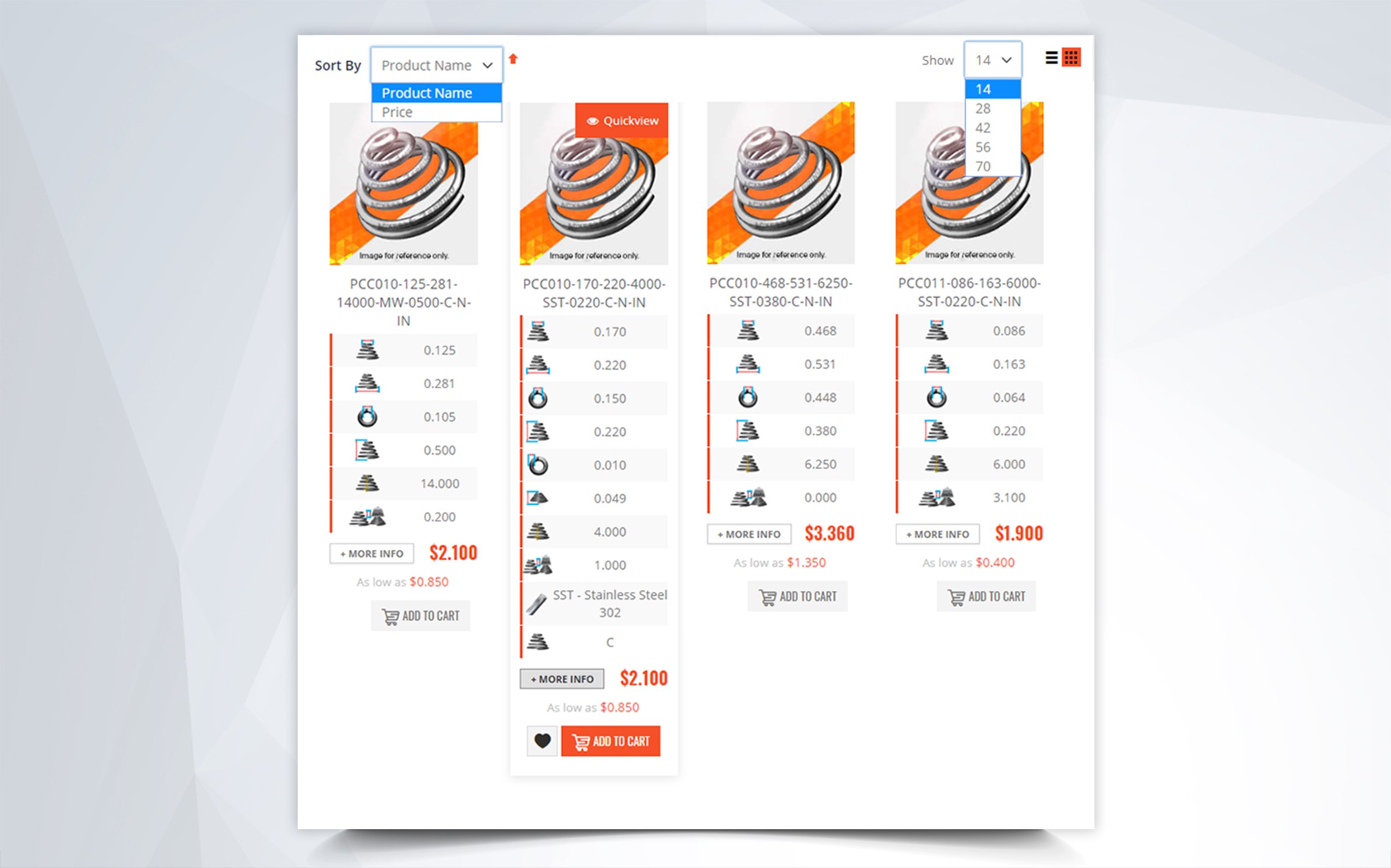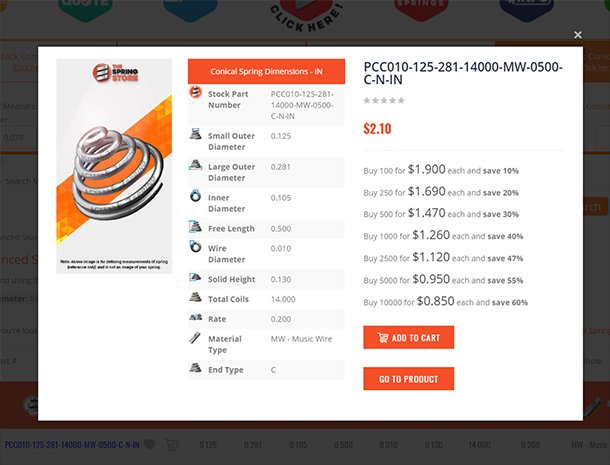Keep This in Mind When Selecting Compression Spring Ends
When it comes to buying a stock spring there are all different kinds of things you need to decide on. If you are trying to buy a stock compression spring you might come across the dilemma of trying to select the end types you want your spring to have. The main types of ends for compression springs are: closed and squared, closed and ground, open ends, and double close and squared. If you need more information regarding each, visit this page: Compression Spring End Types to better understand it.
Today we will discuss some important things you need to keep in mind when selecting the end types of your compression spring.
Three things to keep in mind when selecting the end type of a compression spring:
Size of the Spring and Slenderness Ratio
The first thing to consider when selecting the end types of a compression spring is the size of the spring and its slenderness ratio. The slenderness ratio of your compression spring is the proportional ratio between your spring’s diameter and free length. If your spring’s free length is approximately 4 times larger than its outer diameter or more, there is a probability that your spring won’t stand vertically on a flat surface or it might bend or buckle when being compressed. In this case, you will need to place the spring on a shaft or rod in order for it to stay stable and it is a good idea to get close and ground ends. The closed and ground ends will tend to add better stability and grip to the ends of the spring. However, as long as the spring is being placed in a rod or inside a shaft you can usually opt for closed and square ends.
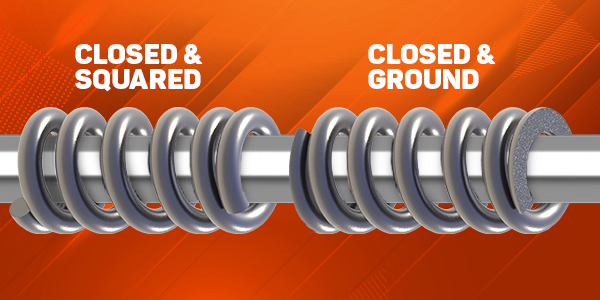
Position of the Spring Inside the Device.
The second thing you need to keep in mind when trying to select the type of ends you need your compression spring to have is the position of the spring and whether you need it to be upright or not. If your spring is in an upright position it is more likely that you will benefit from having closed and ground ends so it can get a better grip and more stability when it comes to the compression motion it will endure. Make sure you consider the surroundings and device function of where the compression spring will be placed as well as the space and placement of it. Open ends are also an option when your spring will be placed in a rod or shaft. They are needed in case you need your spring to be weaker but cannot add more coils to avoid increasing the solid height. Making the ends of the spring open will be like adding two more coils except you’re only replacing the closed coils at the end. This makes your spring weaker by adding more active coils yet your solid height remains the same since those coils at the ends were only replaced by open coils.
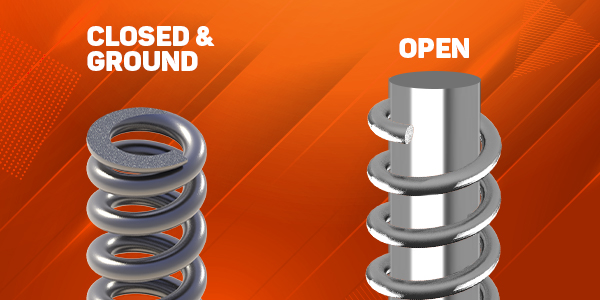
Budget and Manufacturing Capacity for the Dimensions
The third is your budget and the manufacturing capabilities for the dimensions of your spring. Closed and square ends are the most economical and normally recommended option. Some springs are too small to be able to have closed and ground ends. Others are so large that the grinding will add a significant amount to the cost. However, for the most part, springs with closed and squared ends will work, and if better stability is needed it is always helpful to place it in a rod. Double closed ends are also more expensive and do add greater stability to a spring with a greater slenderness ratio. However, it is important for you to consider whether it is best for your budget and dimension abilities to just place it inside a shaft or in a rod.
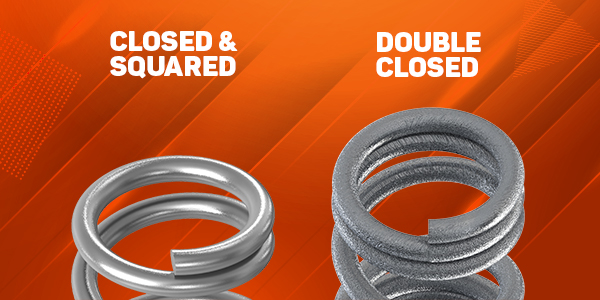
NOTE: When it comes to stock springs not all end types are available for all compression springs. Mostly you will find that when it comes to stock springs, closed and squared ends are the most common and will usually work for most applications unless yours is highly specialized.





